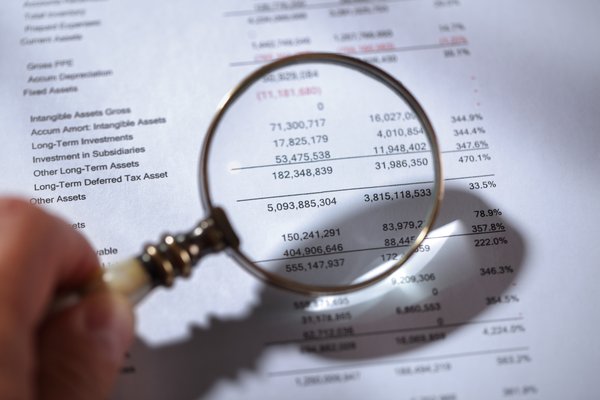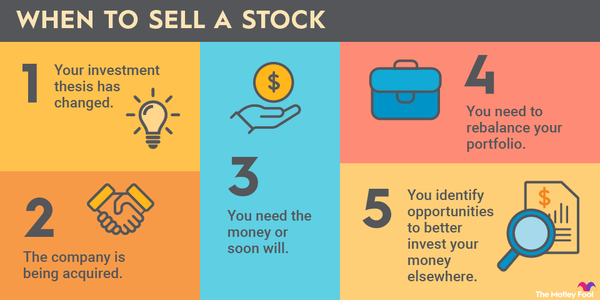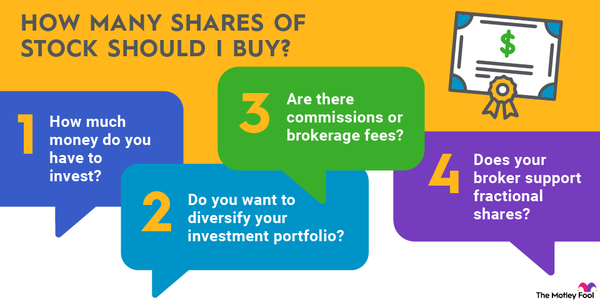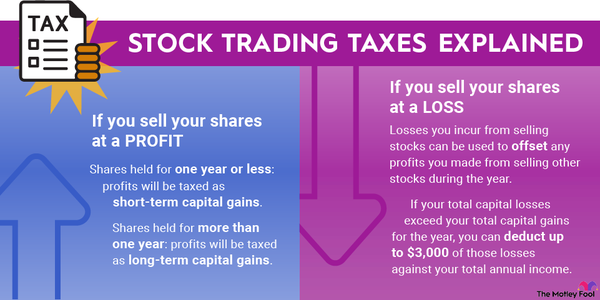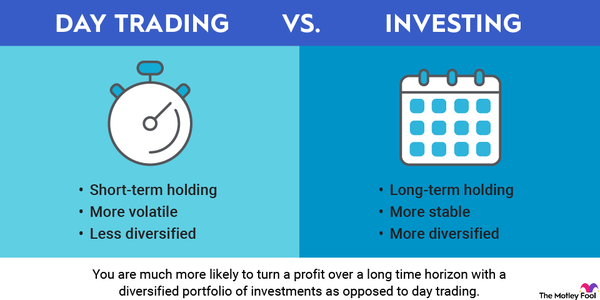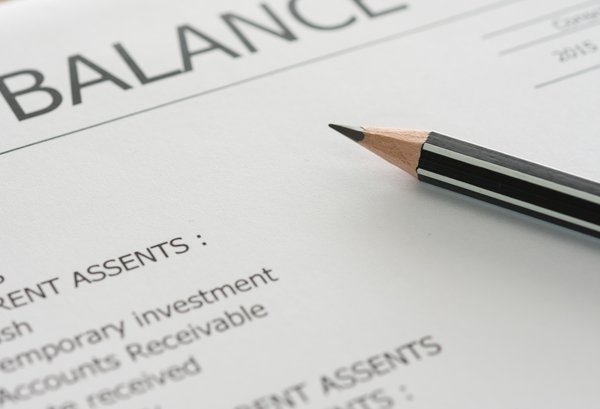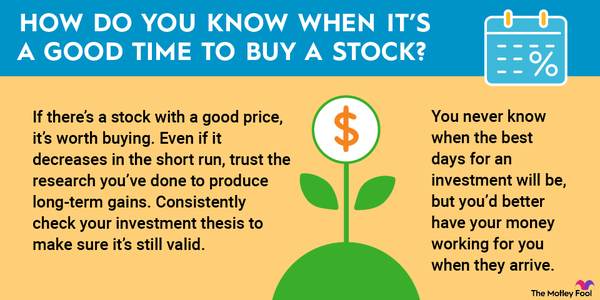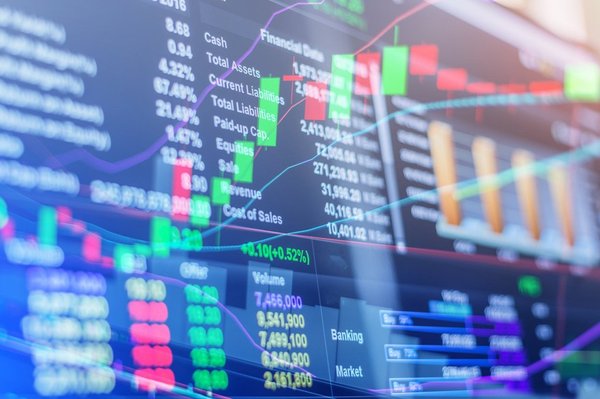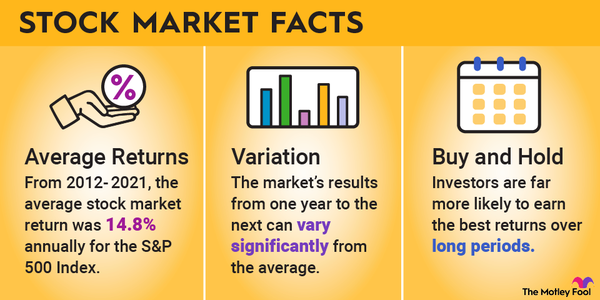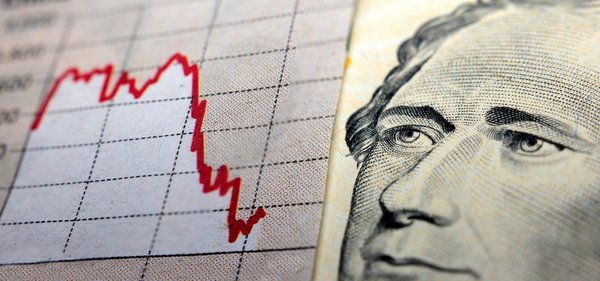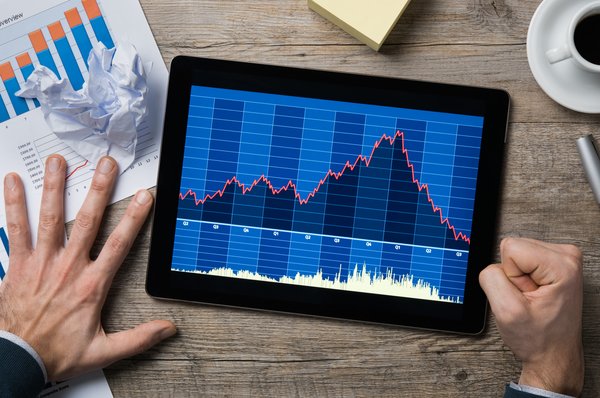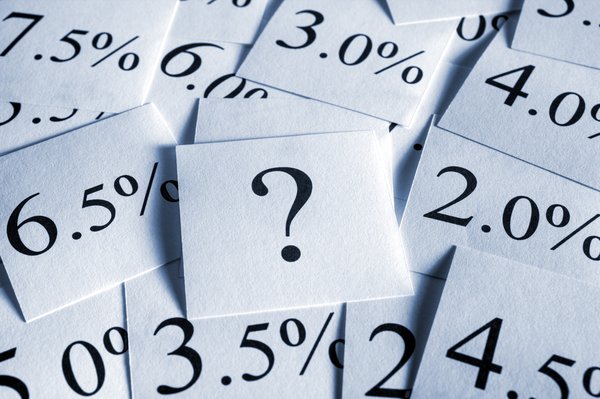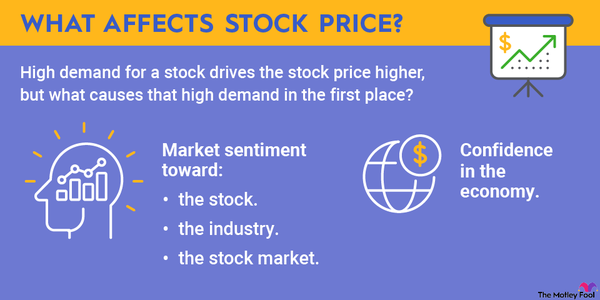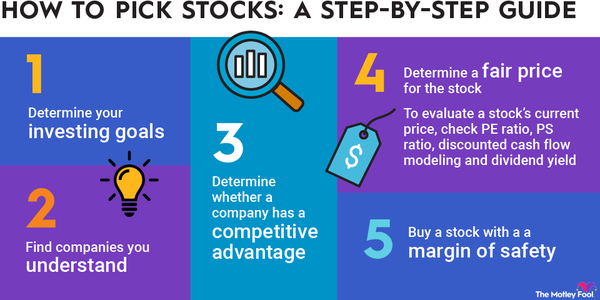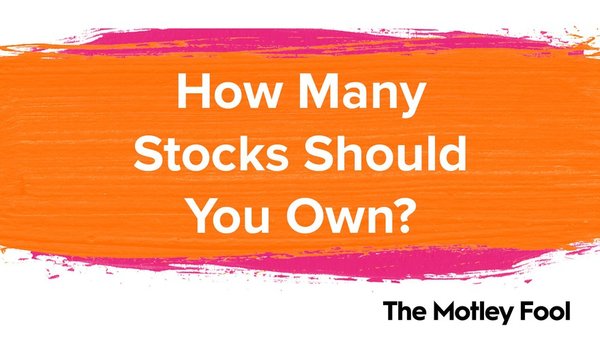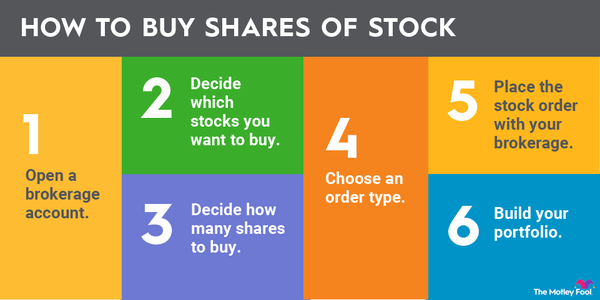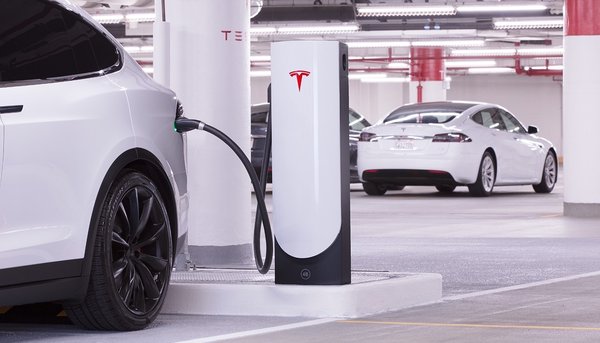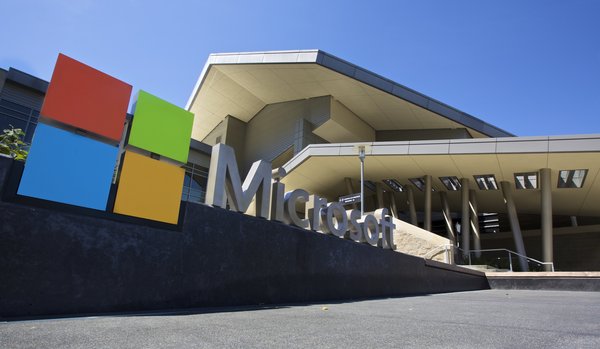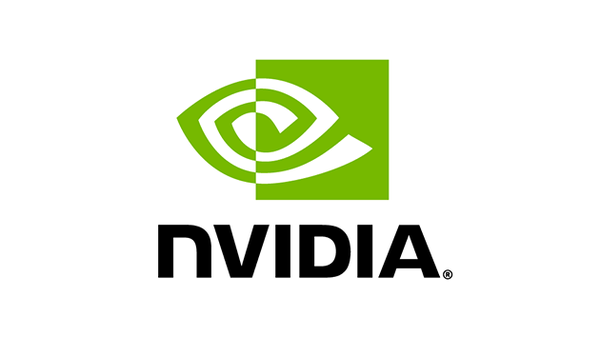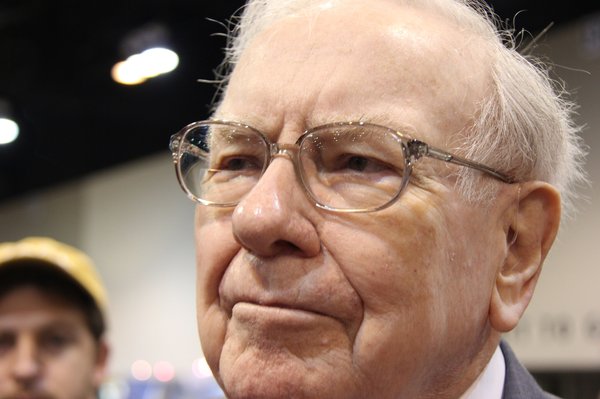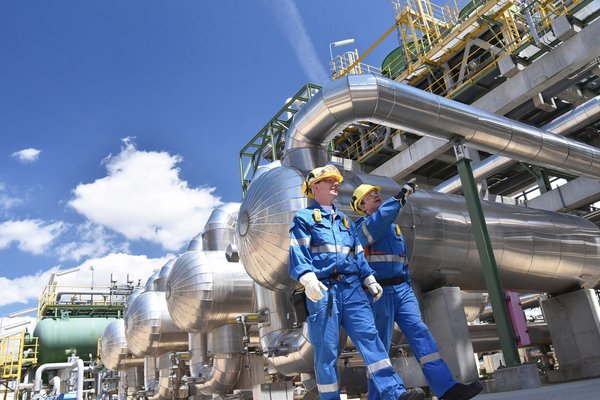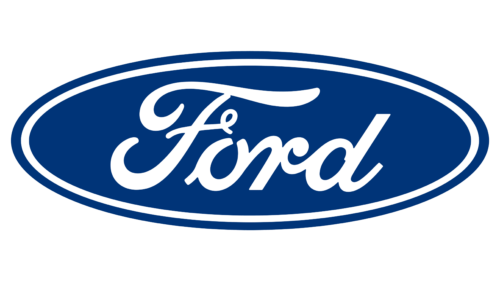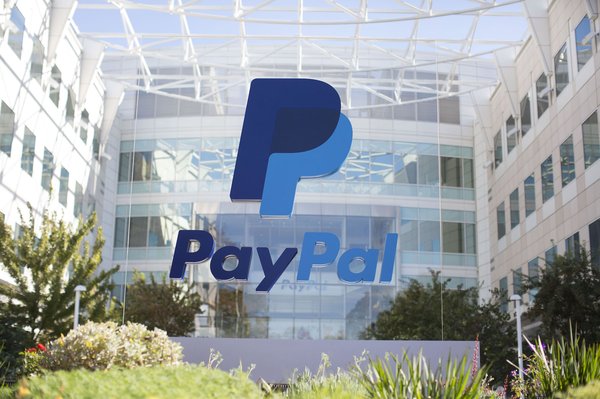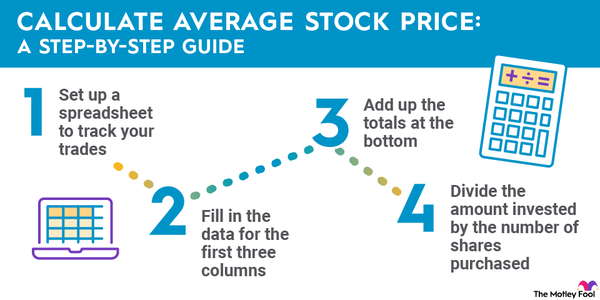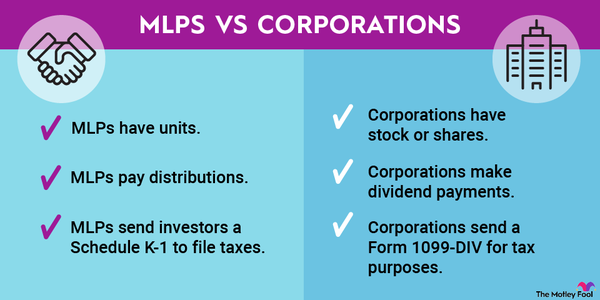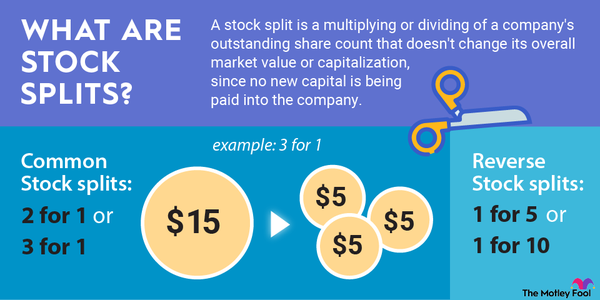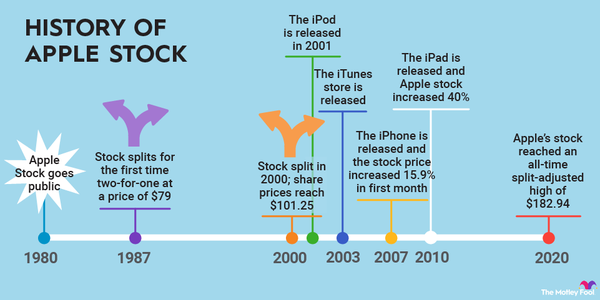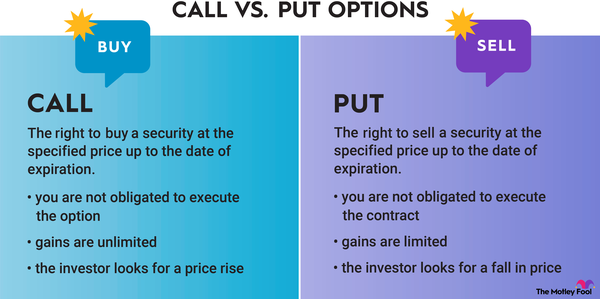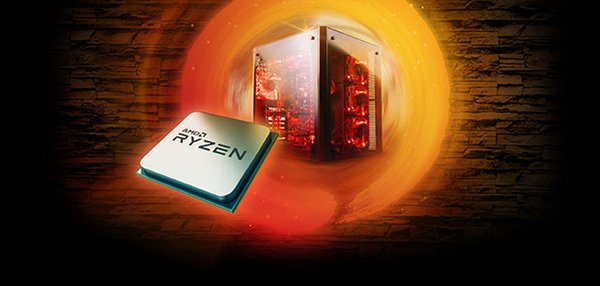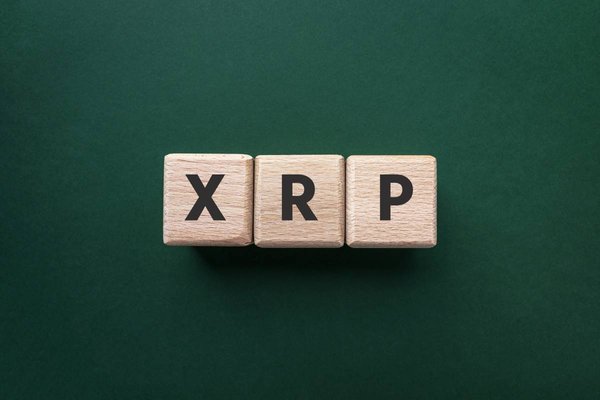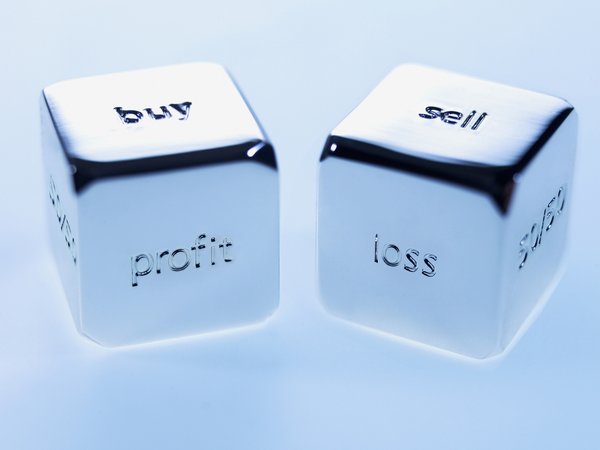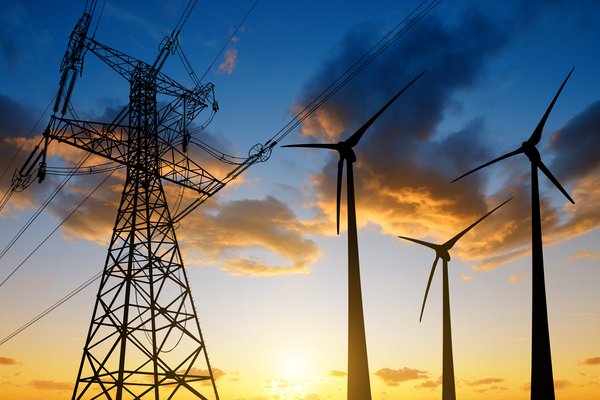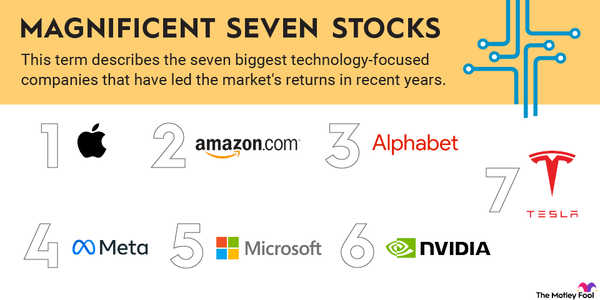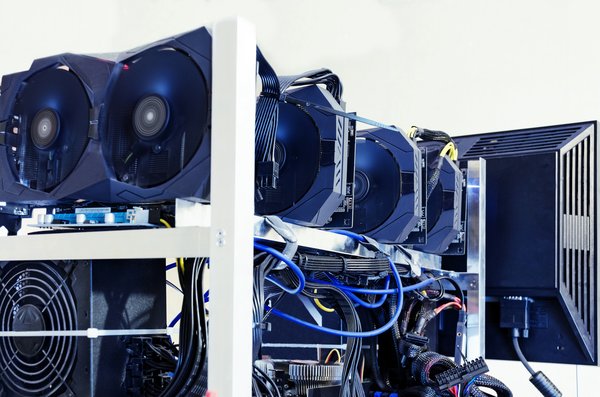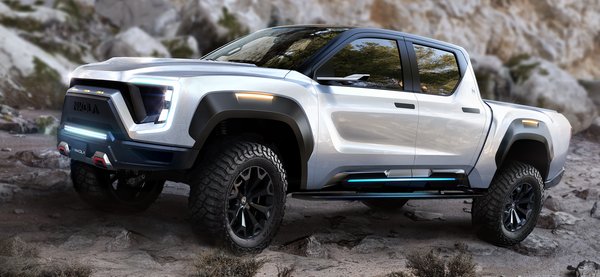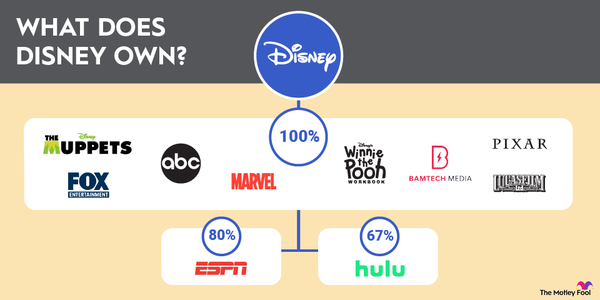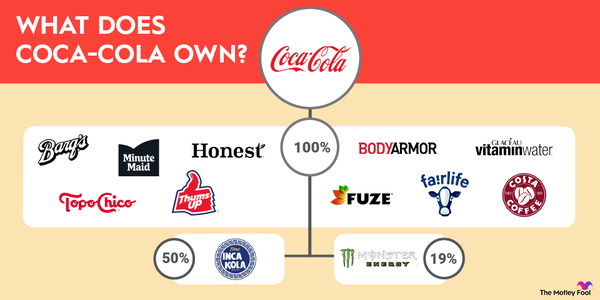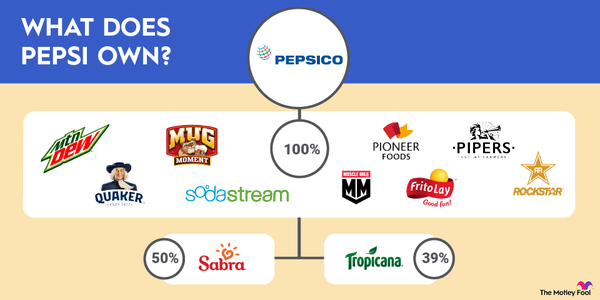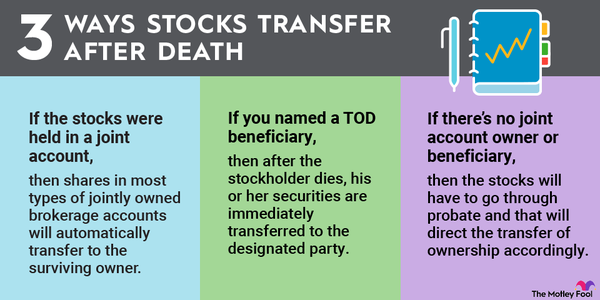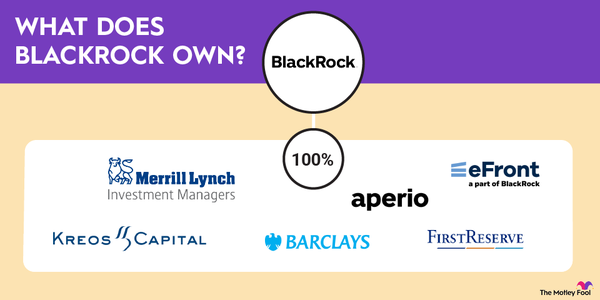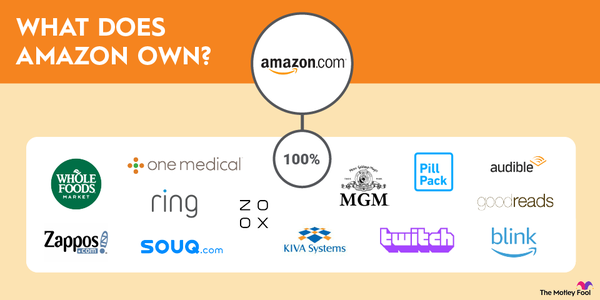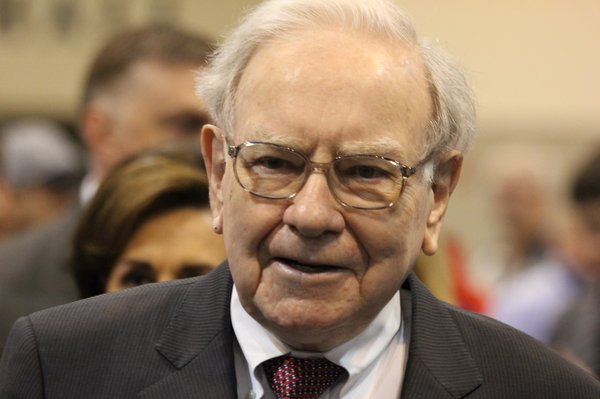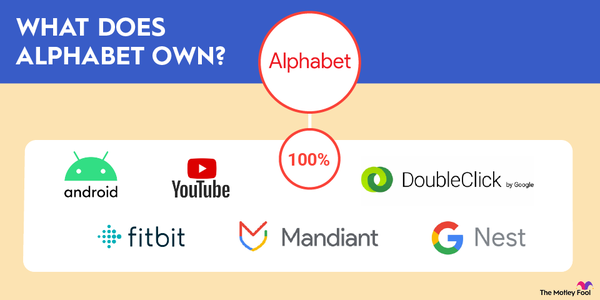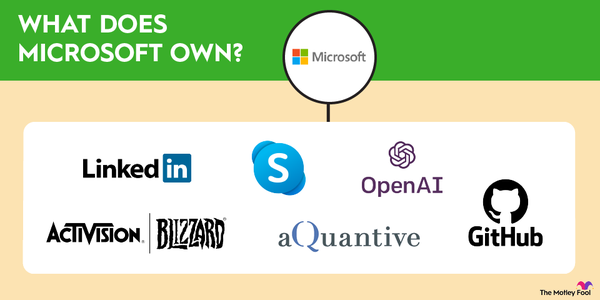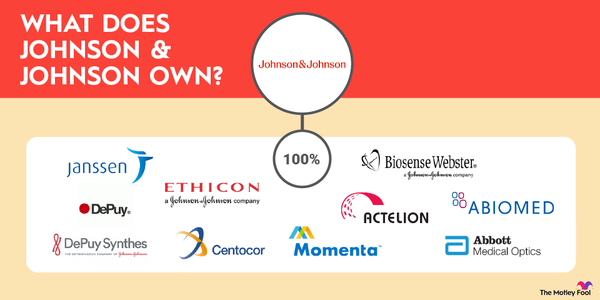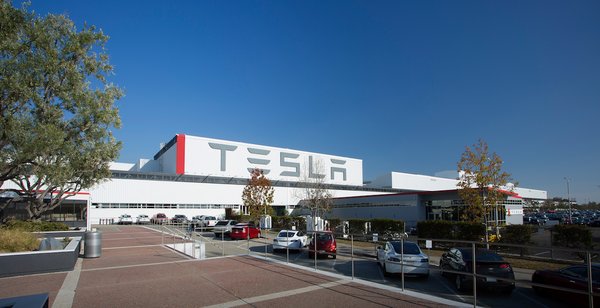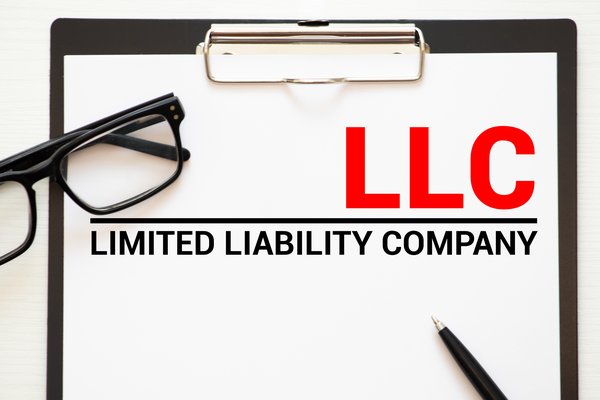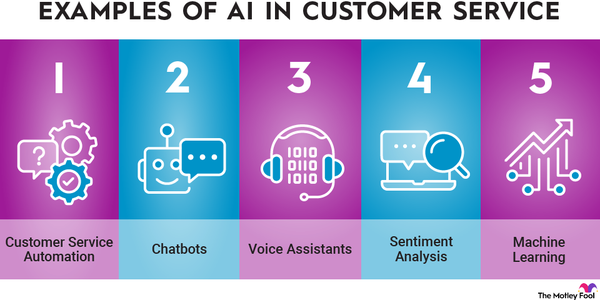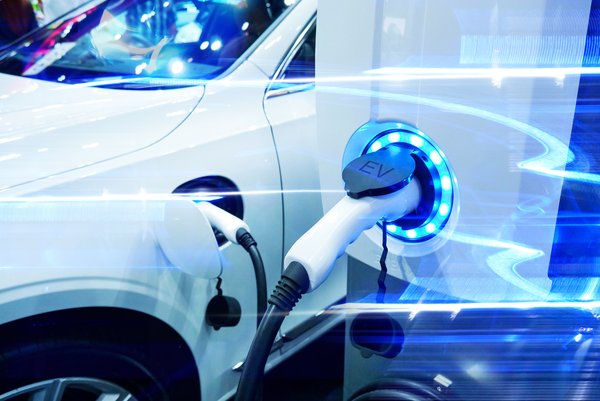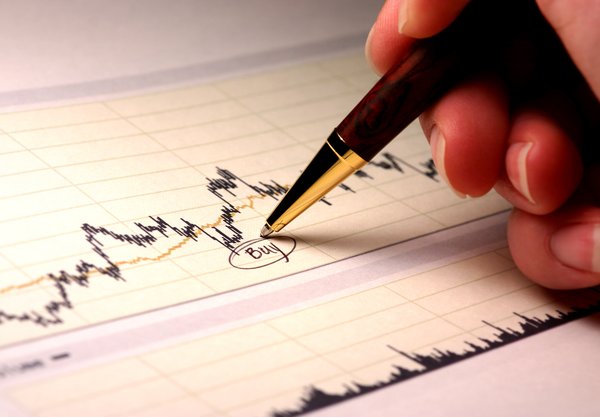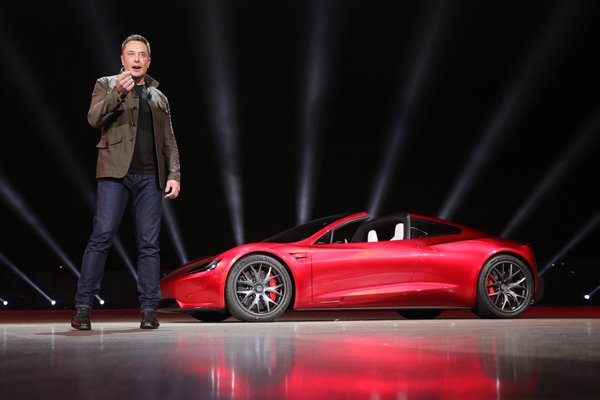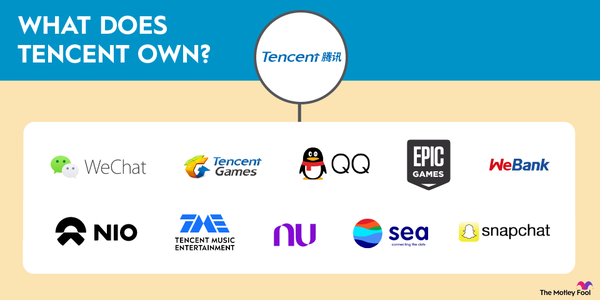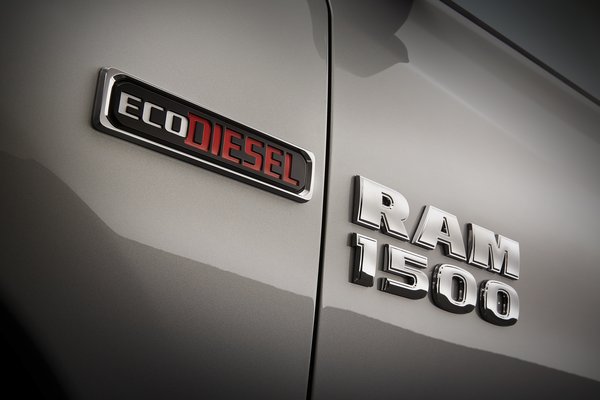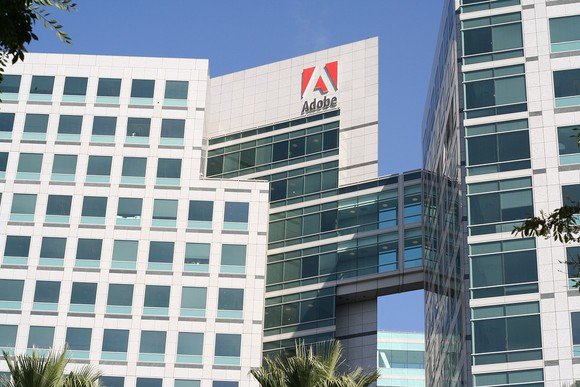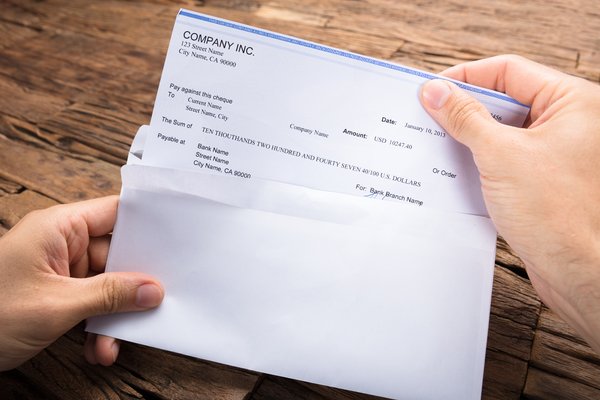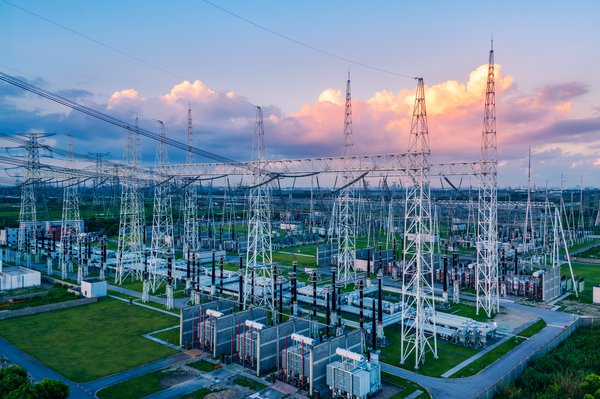The transition to a net-zero economy could cost an estimated $75 trillion by 2050, according to Wood Mackenzie, a respected research organization. As it stands, one of the most critical barriers to a carbon-free economy involves the supply of the lithium used for batteries.
One of the bigger players in the transition may be EnergyX, a young company focusing on the direct lithium extraction and refinery value chain. Read on to learn more about EnergyX -- its mission, its prospects for an initial public offering, its financial outlook, and how you might be able to invest in EnergyX.
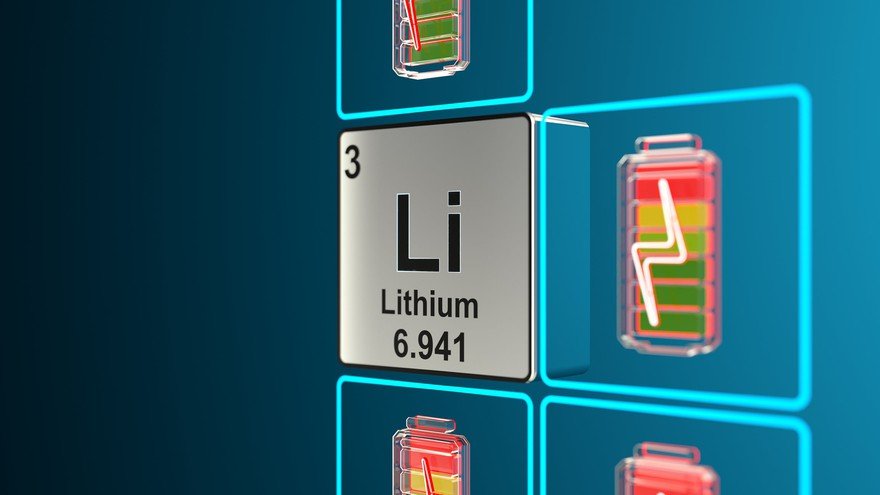
Overview
What is EnergyX?
EnergyX, formally known as Energy Exploration Technologies, is a Puerto Rico-based company that seeks to develop new methods of producing and refining lithium.
Lithium is one of the most critical elements in the global energy transition to a carbon-free economy and a key element for batteries. Lithium has typically been mined from rock ores that are crushed, with the element then being extracted from large evaporation ponds. The process, however, is hard on the environment, resulting in water pollution and depletion, loss of biodiversity, and increased carbon emissions. Every ton of lithium that's mined results in 15 tons of carbon dioxide emissions.
Lithium is a key element in batteries because of its light weight, long life, and ability to store large amounts of energy. About 300,000 tons of lithium were mined in 2020; EnergyX expects the demand to grow to 5.5 million metric tons by 2040. Companies like Tesla (TSLA -3.46%), Ford (F 1.44%), and General Motors (GM 2.92%) are especially reliant on its production as they ramp up production of electric vehicles (EVs) and battery products such as Tesla's Powerwall, a home energy storage solution.
EnergyX was created in 2018 after its founder, Teague Egan, took a sabbatical through the Salar de Uyuni, a part of South America thought to have as much as 60% of the world's lithium. He oversaw the development of a process that uses membranes, solvents, and ion adsorption to produce lithium in days instead of the typical 18-month period for conventional evaporation ponds. The average footprint of a lithium processing facility -- 15 square miles -- can be reduced to less than 0.2 square miles, and costs cut from $4,200 to about $3,500 per metric ton.
Since its founding, the company has raised $100 million and secured the rights to more than 100 patents for its five direct lithium extraction technologies. It expects to produce between 20 and 50 metric tons of lithium per year; by 2030, the company predicts it could produce as much as 500,000 metric tons. EnergyX plans to generate revenue by producing lithium, selling a production-based fee for its technology, and selling replacement materials such as membranes and adsorbents to companies that use its technology.
EnergyX made two significant moves in mid-2024. It announced plans to build a large production facility known as Project Lonestar in the Arkansas-Texas-Louisiana region and made a $150 million bid for the assets of Galan Lithium assets in Argentina.
While companies focused on the energy transition have excited investors, lithium prices have been extremely volatile over the last few years. Prices climbed to $80,000 per metric ton in late 2022 but fell to $13,000 by mid-2024 as oversupply and high interest rates that discouraged the purchase of EVs took a toll. Lithium prices aren't likely to remain low forever, though; S&P Global expects prices to reach a stable level between $20,000 and 25,000 per metric ton between 2024 and 2027.
IPO
IPO
When will EnergyX IPO?
EnergyX hasn't announced a date for an initial public offering (IPO). Courtney Sparling, the company's marketing director, wrote in a forum on the company's website: "We are currently a private, pre-IPO company with no exchange to trade shares. There is no set date for a future, potential IPO. We will continue to include any new details that can be shared regarding developments toward such a potential future public offering in email updates to investors."
Even so, EnergyX seems to have incentives to launch an IPO. Global Emerging Markets, a private equity firm, said it would invest $450 million in EnergyX, which the lithium producer could use within 36 months of an IPO in exchange for warrants at an undisclosed strike price. The company also took a $50 million investment from General Motors in 2023.
How to invest
How to invest in EnergyX
Although EnergyX isn't publicly traded, it's still possible to invest in the company -- just not in stock. It claims almost 27,100 investors and is soliciting minimum pre-IPO investments of $1,000 with a share price of $9.50.
In a December 2023 offering circular, the company acknowledged "material uncertainties that may cast substantial doubt about our ability to continue as a going concern." Investors who are concerned about this may want to consider other lithium producers that have already gone public, such as:
- Albemarle (ALB -0.3%), which includes Panasonic (OTC:PCRFY) and Corning (GLW 0.53%) as top customers.
- Ganfeng Lithium (GNEN.F 4.54%), a top supplier of lithium to EV manufacturers in China and the United States.
- Lithium Americas (NYSE:LAC), a more speculative stock but one that has received a $650 million equity investment from General Motors.
Investors should keep in mind that IPO stocks can be particularly unpredictable; going public doesn't mean that company shares will automatically reach a specific price. While some companies are expected to be clear winners, not every investor who buys an IPO stock will be happy. Just because you can buy an IPO stock doesn't mean you should.
To buy shares of one of those three alternatives, you'll need a brokerage account. If you still need to open one, these are some of the best-rated brokers and trading platforms. Here's a step-by-step guide to buying a stock using the five-star-rated platform Fidelity:
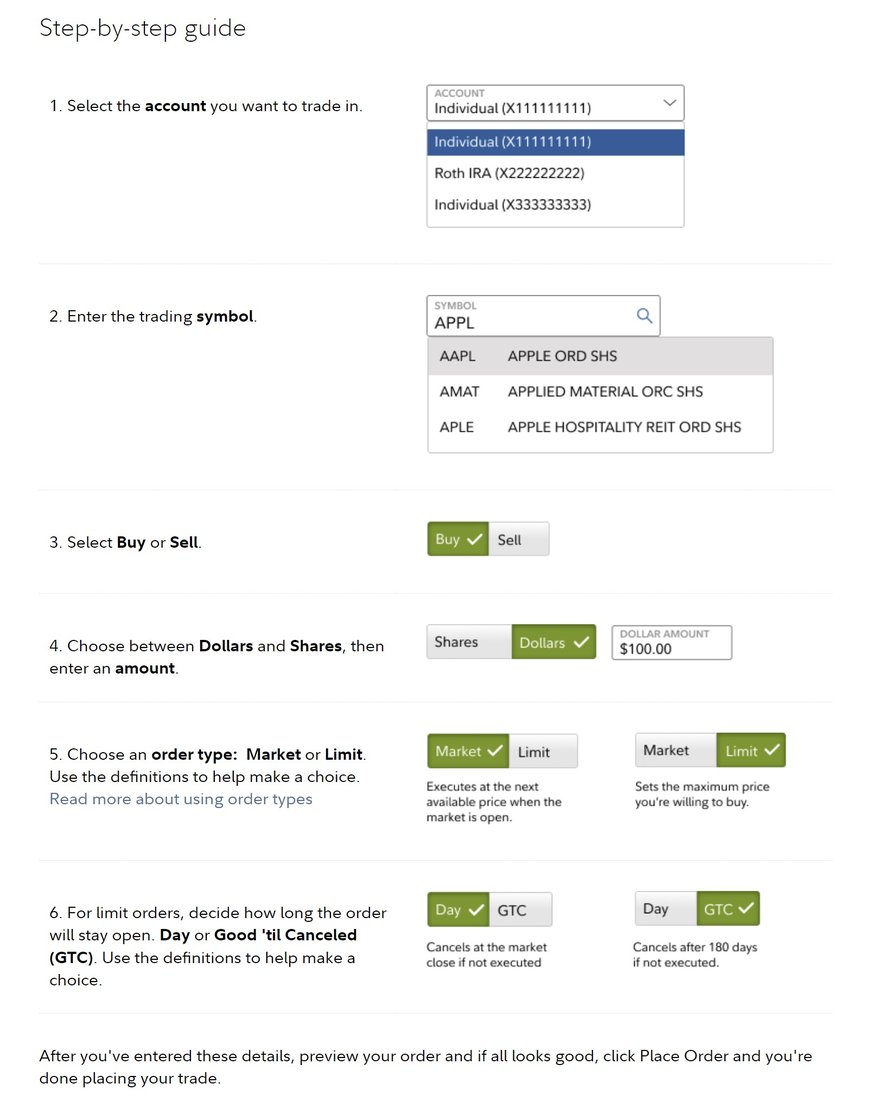
On this page, fill out all the relevant information, including:
- The number of shares you want to buy or the amount you want to invest to purchase fractional shares.
- The ticker symbol (ALB, GNEN.F, or LAC).
- Whether you want to place a limit order or a market order. Know the difference between a market order and a limit order: The Motley Fool recommends using a market order since it guarantees you buy shares immediately at the market price.
Before you hit the "Place Order" button, figure out your budget. Are you in a position to invest in the market? Have you paid down high-interest credit card balances and created an emergency fund? How much can you spend? Do you want to buy all your stock at once or periodically, with dollar-cost averaging? These are all very good questions for investors to ask -- and answer.
Next, do your homework. You may want to skip buying a lithium-related stock if:
- You believe the demand for lithium is exaggerated.
- You think interest rates will remain high, discouraging potential EV buyers.
- You're skeptical about the sustainability of lithium mining.
- You're concerned about the political stability of lithium-rich countries.
- You don't understand the market for lithium.
On the other hand, you may want to go ahead and buy a lithium-related stock if:
- You believe demand will continue to rise for lithium, even absent growth in electric vehicles.
- You think that the energy transition will accelerate, increasing the need for lithium.
- You believe the lithium industry can become more environmentally friendly.
- You think lithium prices will eventually rebound from their recent lows.
- You think the economy will rebound when interest rates are lowered, increasing interest in EVs.
As with any other investment, there's a short answer to why you might consider investing in this stock: It depends. Factors that might affect your decision include the level of your portfolio diversification, personal risk tolerance, company and industry knowledge, and assessment of a stock's competitive position.
If you've decided the pros of investing in the company outweigh the cons, then complete the order page, click the "Place Order" button at the bottom, and become a shareholder.
Profitability
Is EnergyX profitable?
Since it's not a publicly traded company, EnergyX isn't required to file detailed financial information with the U.S. Securities and Exchange Commission. However, according to recent filings that contain limited financial data, the company is far from profitable. In a July 2024 filing, the company said it had lost $7.9 million in 2021, $18.4 million as of 2022, and a total of $33.4 million by the end of 2023. It said it expects to continue losing money because of the costs of building and operating pilot plants, buying equipment, and acquiring commercial contracts.
Dividends
Does EnergyX pay a dividend?
EnergyX doesn't pay a dividend; start-up companies generally prefer to put any excess money back into the business rather than distribute dividends.
ETFs
ETFs with EnergyX exposure
Exchange-traded funds (ETFs) offer a hedge against volatility by providing investors with a basket of similar stocks. Instead of betting everything on one company, an ETF investor can spread the risk across multiple stocks. If one company suffers a major setback, other stocks in the ETF might prevent the setback from becoming a complete rout. Of course, the opposite is also true; only one stock in an otherwise pedestrian ETF might be a runaway success, limiting investor profits. Here are three ETFs that are focused directly or indirectly on lithium:
1. Global X Lithium & Battery Tech ETF (LIT 0.62%)
The fund, one of two that focuses directly on the lithium battery market, manages about $1.1 billion in investments. It charges a 0.75% expense fee, which means you'd pay $7.50 for every $1,000 invested. The fund's biggest holding is Albemarle, which makes up 8.3% of its assets. The fund, which has a total of 39 holdings, also owns shares of a number of Asian battery manufacturers.
2. Amplify Lithium & Battery Technology ETF (BATT 1.33%)
The Amplify fund, launched in 2018, manages about $68.8 million in assets. Its expense ratio is 0.59%, so you'd only pay $5.90 for every $1,000 invested. The fund holds 90 stocks, with its largest holding being Australian miner BHP Group, which makes up about 7.8% of total assets. Other significant holdings include Tesla (TSLA -3.46%), about 6.8%; Chinese car manufacturer BYD (BYDD.F 0.91%); and Rivian (RIVN 5.9%), about 1.5% of holdings in mid-2024.
3. Ark Autonomous Technology & Robotics ETF (ARKQ 1.51%)
The fund is managed by well-known investor Cathie Wood. Unlike the other two funds, the ETF invests in far more than energy storage. Despite being actively managed, the ETF's expense ratio is only 0.75%. As of mid-2024, it managed about $800 million in assets, with top holdings including Tesla at 13% of total assets, Teradyne (TER 0.61%) at 10%, and Kratos Defense & Security (KTOS 1.05%) at 9%.
Related investing topics
Bottom line on EnergyX
There's no doubt that a massive change in energy markets is underway. Electric vehicles accounted for 4% of total car sales in 2020 but grew to 18% by 2023. The International Energy Agency predicts that one in five cars sold in 2024 will be an electric vehicle. That's going to require a lot of lithium, and companies like EnergyX could be poised to take advantage of the trend.
Despite its promise, though, EnergyX is far from profitable, and there's no guarantee that it will turn the corner. Its solicitation for investments on social media platforms is unusual; it's hardly the sign of a company that's confident in its ability to attract significant investment. If and when EnergyX goes public, investors who believe in the company's future should consider it as part of a long-term buy-and-hold strategy.
FAQ
How to Invest in EnergyX: FAQ
Can you buy stock in EnergyX?
EnergyX is not publicly traded. It's possible to invest in the company, but EnergyX hasn't announced a date for a potential initial public offering.
Is investing in EnergyX a good idea?
If you believe that EnergyX can produce lithium in an economical and sustainable fashion, an investment might not be a bad idea. Keep in mind, though, that the company has lost money since its 2018 founding and there's little light at the end of the tunnel. You shouldn't risk money that you can't afford to lose.
Has Elon Musk invested in EnergyX?
As far as we know, the Tesla founder has not invested in EnergyX. The company took some heat in April 2024 for posting a video on X of Musk, promising that companies that want "a guaranteed chance of success" should consider lithium refining.
What is the prediction for EnergyX stock?
Given that EnergyX is not profitable and has not announced an IPO date, there's no possible way to determine how company shares would fare if it went public.







